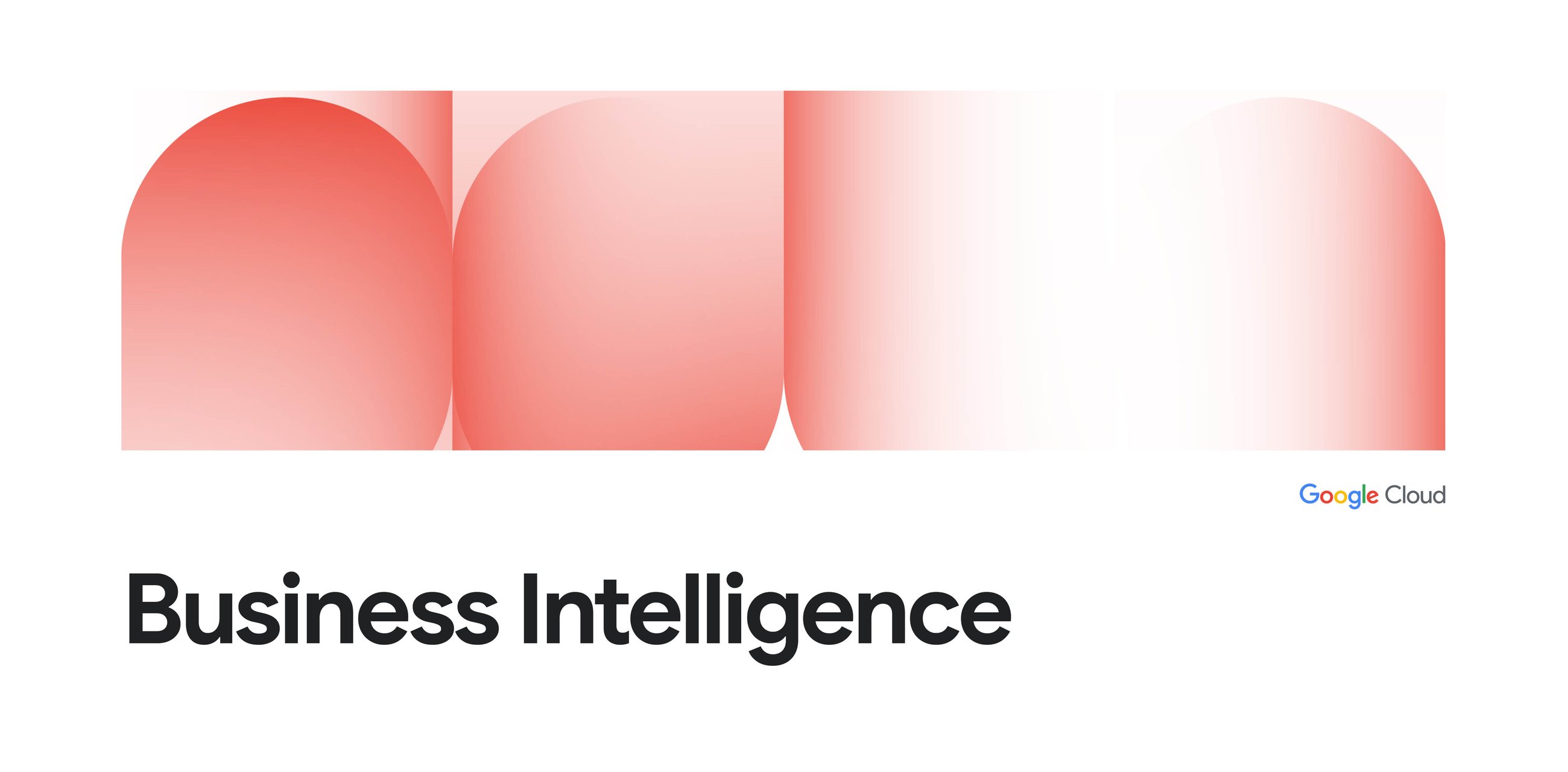
With more than a thousand connected data sources available out-of-the-box and an untold number of custom tools, developers rely on Looker’s cloud-first, open-source-friendly model to create new data interpretations and experiences. Today, we are taking a page from modern software engineering principles with our launch of Continuous Integration for Looker, which will help speed up development and help developers take Looker to new places.
As a developer, you rely on your connections to be stable, your data to be true, and for your code to run the same way every time. And when it doesn’t, you don’t want to spend a long time figuring out why the build broke, or hear from users who can’t access their own tools.
Continuous Integration for Looker helps streamline your code development workflows, boost the end-user experience, and give you the confidence you need to deploy changes faster. With Continuous Integration, when you write LookML code, your dashboards remain intact and your Looker content is protected from database changes. This helps to catch data inconsistencies before your users do, and provides access to powerful development validation capabilities directly in your Looker environment.
With Continuous Integration, you can automatically unify changes to data pipelines, models, reports, and dashboards, so that your business intelligence (BI) assets are consistently accurate and reliable.
Source Credit: https://cloud.google.com/blog/products/business-intelligence/introducing-continuous-integration-for-looker/



